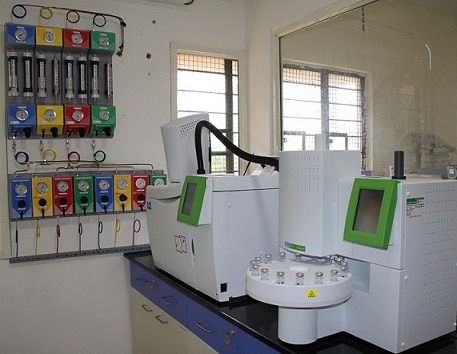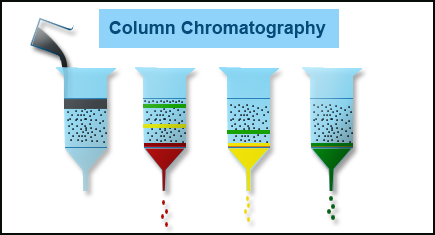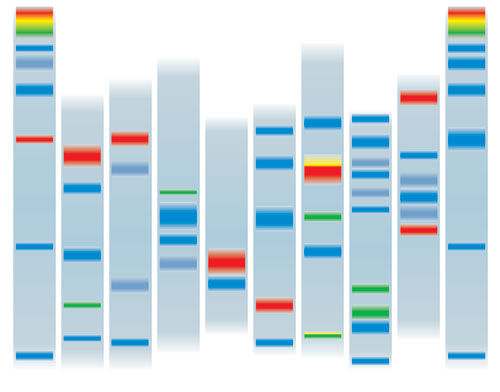How is Gas Solid Chromatography different from Gas Liquid Chromatography?


Gas chromatography is a versatile technique used for separation and identification of volatile compounds of liquid mixtures and gases. The distinction between Gas Solid chromatography (GSC) and Gas Liquid chromatography (GLC) is often not clearly understood. The objective of this article is to clarify the differences between the two techniques.
The basic principle of gas chromatography separations is resolution of the sample constituents by partitioning them between the mobile gas phase and the stationary phase inside the GC column. Based on physico-chemical interactions the compounds are retained selectively inside the column and get eluted sequentially over a period of time depending on the operating conditions.
Gas Solid Chromatography
The stationary phase comprising of an active solid adsorbent powder is filled in an open tube. The active solid support provides an adsorbent surface on which selective adsorption and desorption of the volatile components takes place. Generally the packed columns are up to 10 m in length with internal diameters ranging from 2-4mm..
Conventionally columns are packed with porous polymers or materials such as activated carbon, molecular sieves, silica and alumina powder, etc.
Gas Liquid Chromatography
Gas Liquid chromatography is often synonymously referred to as Gas chromatography (GC). In this technique a nonvolatile liquid is coated as a thin layer on a powdered inactive solid support or on the inside wall of the capillary tubing. The thin liquid film serves to partition the sample components between the liquid film and the carrier gas. The inert support serves to increase the surface area of the liquid film for greater interaction with sample components.
In open tubular chromatography there is no packing inside the tube but the walls of the tube are coated with a thin layer of the liquid or the wall is coated with the inert solid support bearing the liquid film. It is possible to achieve better resolution and shorter run times and lower concentrations in comparison to packed columns.
Capillary columns range in length from about 30 m of 100 meters with internal diameters from about 0.1 mm – 0.53 mm.
The solid supports used include materials such as diatomaceous earths, crushed firebricks, glass powder, powdered teflon, carbon black,etc. Liquid phases applied generally have low volatility and high decomposition temperatures. Some typical examples are dimethyl silicone, polyethylene glycol, diethylene glycol succinate (DEGS), 50% phenyl methyl silicone, etc.
GLC has several advantages over GSC:
- Wide range of liquid coatings afford a large range of separations
- Afford large concentration ranges to be evaluated
- Good resolution between peaks in shorter analysis time.
However, GSC can be used at higher temperatures due to limitations of volatility and instability of liquid coatings at higher temperatures. GSC is more often used for analysis of gases having no active functional groups which interact with the adsorbent surface.




What’s up friends, how is everything, and what you would like to say concerning this article, in my view
its in fact remarkable in support of me.
Good write-up. I certainly appreciate this website. Keep it up!
Please I need the full articles of gas liquid chromatography (definition, uses, principles, advantages, disadvantages, apparatus and so on.) Thank you
Hi, I would advise you to register for our free course on HPLC which will give you most of the desired information. In case you have any difficulty in registering please do let me know.
Thanks